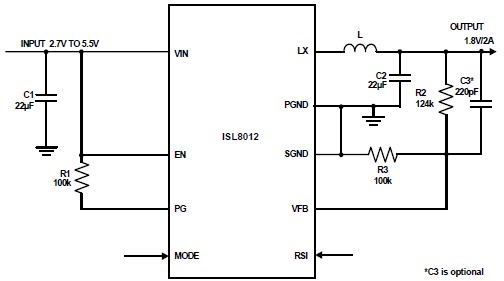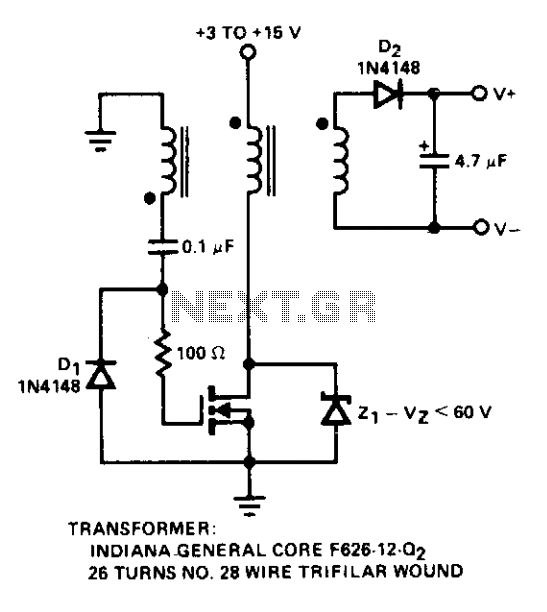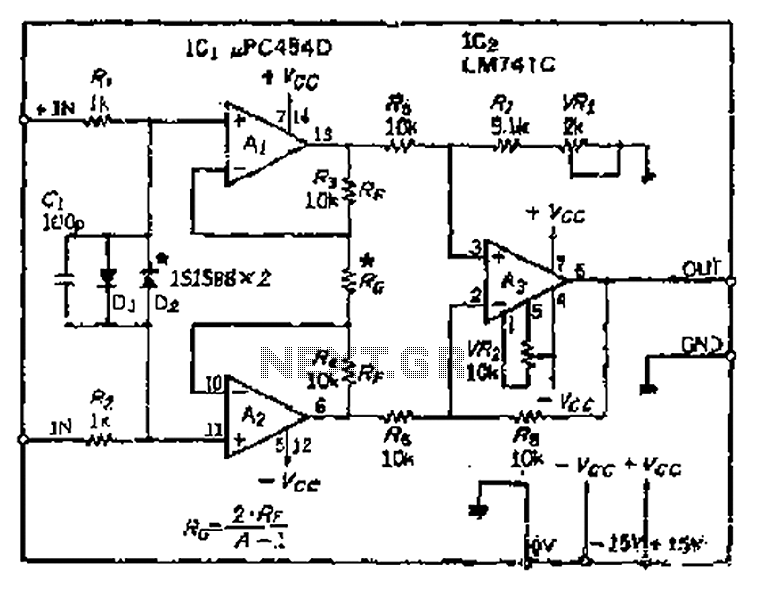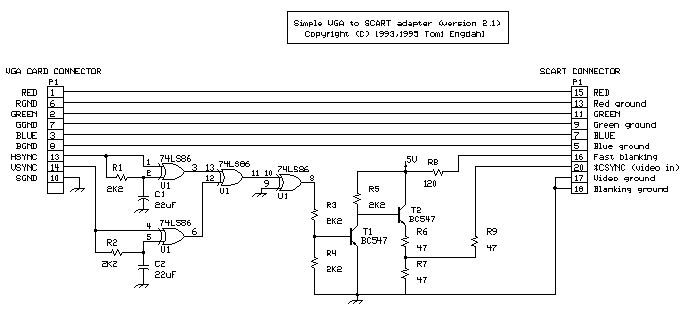
Frequency/Voltage Converter With Optocoupler Input
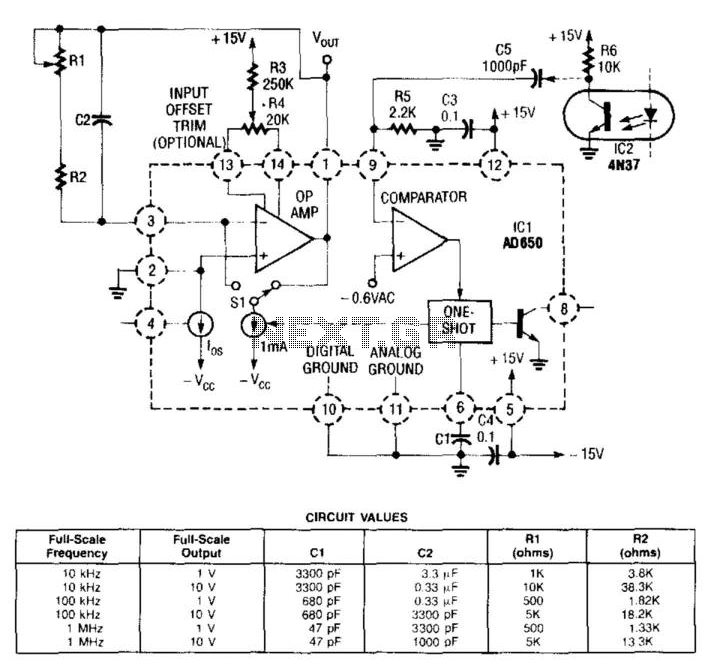
In this circuit, the input from the IC2 optocoupler is connected to the comparator input of the AD650 (Analog Devices or Maxim Electronics) voltage-to-frequency (V/F) converter. This converter internally generates a pulse that is sent to the operational amplifier, which produces a DC voltage that is proportional to the frequency. The component values are indicated in the figure.
The circuit utilizes an optocoupler (IC2) to isolate the input signal from the rest of the system, ensuring that noise and voltage spikes do not adversely affect the performance of the V/F converter. The AD650 is a precision voltage-to-frequency converter that translates an analog voltage into a frequency output. Its comparator input receives the signal from the optocoupler, which allows for accurate detection of the input voltage level.
Upon receiving the signal, the AD650 generates a pulse train whose frequency is directly proportional to the input voltage. This pulse train is then fed into an operational amplifier (op-amp), which is configured to convert the frequency signal into a corresponding DC voltage. The output voltage of the op-amp reflects the frequency of the input signal, thus providing a linear relationship between the input voltage and the output voltage.
Component values, such as resistors and capacitors, play a crucial role in determining the response time, bandwidth, and stability of the circuit. These values should be selected based on the desired frequency range and the specific application requirements. The schematic diagram accompanying this description provides a visual representation of the circuit layout, including the connections between the optocoupler, V/F converter, and operational amplifier, as well as the values of the components used in the design.
This configuration is commonly employed in applications where it is necessary to convert an analog signal into a frequency output, such as in frequency modulation systems, data acquisition systems, and various control applications. The reliability and performance of the circuit can be enhanced through careful selection of components and proper circuit layout techniques. In this circuit, the input from IC2 optocoupler is fed to the comparator input of the AD 650 (Analog Devices or Maxim Electronics) V/F converter. This internally generates a pulse that is fed to the op amp, which outputs a dc voltage that is proportional to frequency. Component values are shown in the figure.
The circuit utilizes an optocoupler (IC2) to isolate the input signal from the rest of the system, ensuring that noise and voltage spikes do not adversely affect the performance of the V/F converter. The AD650 is a precision voltage-to-frequency converter that translates an analog voltage into a frequency output. Its comparator input receives the signal from the optocoupler, which allows for accurate detection of the input voltage level.
Upon receiving the signal, the AD650 generates a pulse train whose frequency is directly proportional to the input voltage. This pulse train is then fed into an operational amplifier (op-amp), which is configured to convert the frequency signal into a corresponding DC voltage. The output voltage of the op-amp reflects the frequency of the input signal, thus providing a linear relationship between the input voltage and the output voltage.
Component values, such as resistors and capacitors, play a crucial role in determining the response time, bandwidth, and stability of the circuit. These values should be selected based on the desired frequency range and the specific application requirements. The schematic diagram accompanying this description provides a visual representation of the circuit layout, including the connections between the optocoupler, V/F converter, and operational amplifier, as well as the values of the components used in the design.
This configuration is commonly employed in applications where it is necessary to convert an analog signal into a frequency output, such as in frequency modulation systems, data acquisition systems, and various control applications. The reliability and performance of the circuit can be enhanced through careful selection of components and proper circuit layout techniques. In this circuit, the input from IC2 optocoupler is fed to the comparator input of the AD 650 (Analog Devices or Maxim Electronics) V/F converter. This internally generates a pulse that is fed to the op amp, which outputs a dc voltage that is proportional to frequency. Component values are shown in the figure.


